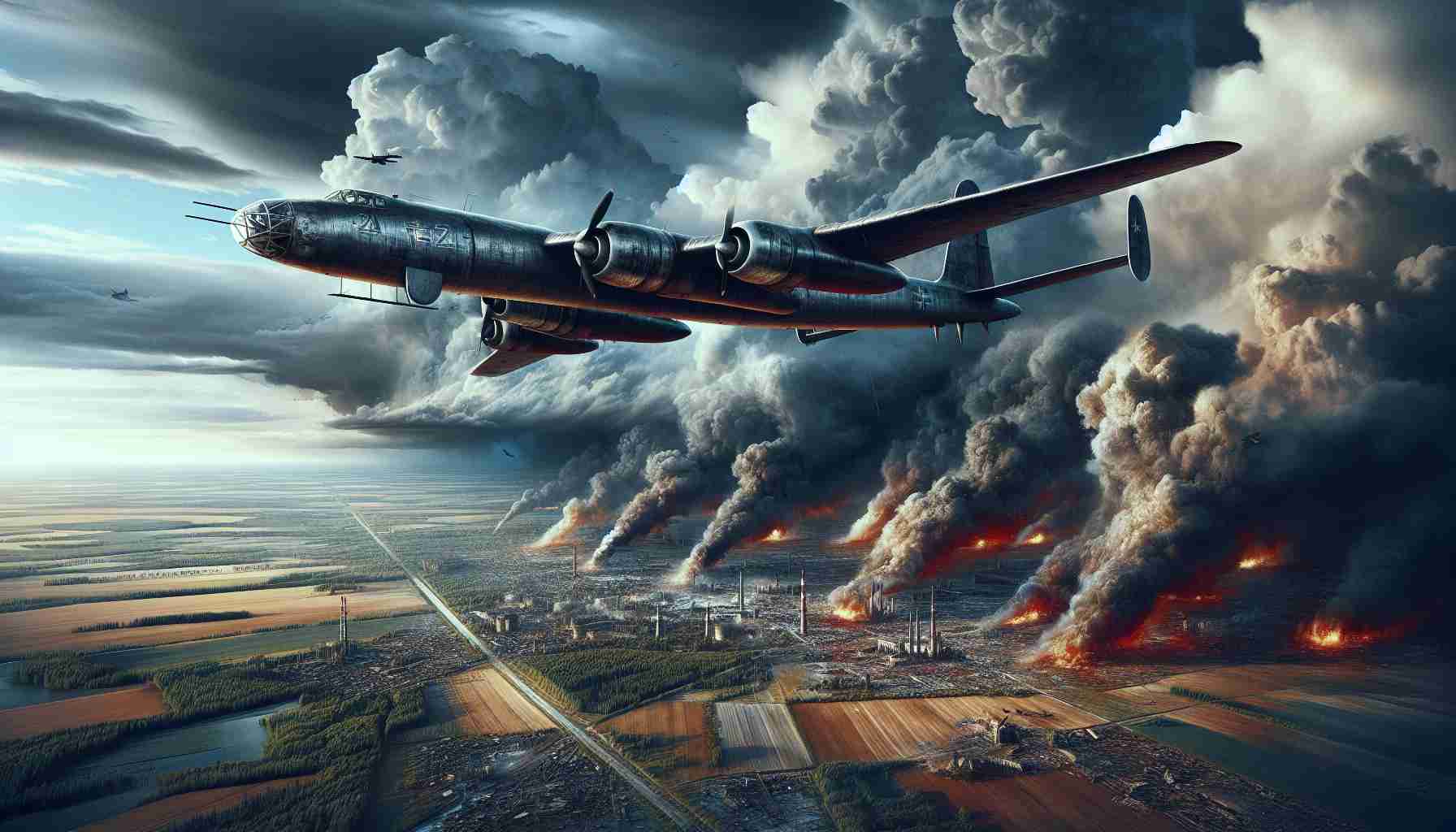The much-lauded Sukhoi Su-34 fighter-bomber, renowned for its versatility and advanced capabilities, has faced unexpected challenges in Ukraine. Designed to execute precision bombings and provide air support, the Su-34 has been central to Russian military efforts in the region.
The airplane’s cutting-edge technology allows it to perform complex operations, gaining tactical advantages on the battlefield. However, the evolving conflict has seen the Russian Air Force suffer significant losses, with sources indicating approximately 35 Su-34 aircraft lost by October 2024.
This attrition strikes at the heart of Russia’s air capabilities since the Su-34 is one of its most advanced aircraft. The challenge of maintaining air dominance has been heightened by Ukraine’s effective air defense systems, which employ a blend of modern Western and legacy Soviet technology.
The Su-34 measures around 22 meters with a wingspan of 14.7 meters and is powered by two formidable engines. Its state-of-the-art sensors and a powerful radar system enable it to track multiple targets, enhancing its combat effectiveness. Yet, this prowess is countered by the plane’s susceptibility to Ukraine’s robust defenses.
Ukraine’s strategic use of missile systems like the Patriots and NASAMS, alongside existing S-300s and Buk missiles, create formidable barriers that the Su-34 finds increasingly challenging to overcome. This defensive network takes advantage of the Su-34’s vulnerabilities, capitalizing on its limited ability to perform evasive maneuvers.
Faced with the reality of these losses, the Russian Air Force may need to reevaluate the Su-34’s future role and tactical deployment to adapt to the rapidly changing dynamics of aerial warfare.
Is the Su-34’s Reign as Russia’s Aerial Titan Ending? Exploring Its Future and Alternatives
The Sukhoi Su-34, a cornerstone of Russia’s air combat strategy due to its multifaceted capabilities, has not only suffered setbacks in Ukraine but has also sparked wider geopolitical and military discussions. These challenges underscore a larger narrative concerning air combat evolution, technological vulnerabilities, and future geopolitical strategies.
Depicting the Larger Picture: How the Su-34’s Struggles Impact Military Doctrine
The Su-34 aircraft has long been touted for its advanced avionics, precision weapon systems, and impressive range, which allow Russia to extend its military influence. However, with approximately 35 of these sophisticated jets lost amid Ukraine’s robust air defenses, questions arise about the sustainability of relying heavily on this model. As Russia faces these unexpected challenges, the brunt of these losses fuels broader questions about modernization and diversification in military arsenals across countries similarly reliant on older air systems.
Are There Viable Alternatives?
One pressing question in light of these setbacks is what alternatives exist for maintaining aerial superiority. Russia could potentially accelerate development of the more advanced Su-57 fighter or increase investments in autonomous drone technologies that may sidestep human piloting risks altogether. These solutions, however, bear their own risks. The Su-57, although highly advanced, faces production challenges, and while drones offer innovation, they lack the firepower and range of manned fighter-bombers.
Implications for Global Military Practices
The challenges with the Su-34 resonate beyond Russia, prompting global powers to rethink military aviation strategies. Countries balancing between upgrading existing fleets or leapfrogging into newer, untested technologies may closely monitor these developments. NATO countries, in particular, could reassess the efficacy of mixed defense systems—such as combining the older Soviet systems with new Western technologies—demonstrated by Ukraine’s success in deterring advanced Russian aircraft.
Controversies
Controversy surrounds these military dynamics as defense budget allocations come under scrutiny, especially given the often significant financial investments in aircraft like the Su-34. Critics argue that funding could instead boost economic or humanitarian efforts, particularly in regions facing unrest. There is also debate about intelligence sharing among allies. Ukraine’s sophisticated air defense success has been buoyed, some claim, by advanced tactical information sharing, creating ethical questions on sovereignty and warfare balance.
Advantages and Disadvantages: Uncovering the Reality
For Russia, boasting advanced jets like the Su-34 demonstrates technological prowess and serves as a deterrent. Yet, the vulnerabilities exposed in combat have forced a strategic introspection, proving that sophistication does not guarantee invulnerability. For Ukraine, this scenario is an opportunity to showcase adept defense on a large scale, though it underscores the escalatory risks of potential attacks.
Is Air Dominance Shifting Permanently?
The pressing question remains whether these losses signal a shift in air power dynamics. As airforces worldwide adapt to new realities, questions regarding the balance between offense and robust air defense capabilities become more pertinent. Long-term, such shifts could precipitate entirely new paradigms in international security.
Suggested Reading
For more information on evolving military air strategies and geopolitical implications:
– Defense News
– Janes
– Global Security
These resources offer further insights into defense technology advancements and their broader impact on global military doctrines.






